Takagi tankless issues
josh02_2001
6 years ago
Featured Answer
Sort by:Oldest
Comments (59)
josh02_2001
6 years agoUser
6 years agoRelated Discussions
Tankless Water Heater Issue
Comments (3)Oversizing it didn't necessarily help you as the older bigger units required more flow to activate burner. If it is firing within seconds of opening a valve, there is not much you can do except install a hot water recirc system that can be applied to that model heater feasibly....See Moretakagi tankless problem
Comments (1)Does this happen to one person taking a shower right after another has finished, or just anytime?...See MoreNavien or Takagi Flash T-H1 Tankless Gas Water Heater?
Comments (20)As I type this my 14 year old tanked water heater is being replaced with a Navien 240. My warranty is 15 years on heat exchanger, 5 years on parts and 1 year free labor. No requirement for an annual service. Additionally, the company installing the Navien has a policy that guarantees if, during the first year I have the Navien, I'm unhappy with it, they'll remove it, and fully refund my money. They said they've never had a customer claim that benefit. All of their customers are happy. Last year, when the state tax credit was in effect, they were installing 2-3 Navien units each week. Install rates have fallen off a bit since the state tax credit has been dropped. Interestingly, they're installing Naviens only in existing homes. They were also candid that, like other new technologies, there were some hiccups a few years ago that needed to be worked out. In their opinion, all problems have been resolved, and today the best, most reliable tankless units on the market are Navien and Eternal. I chose the Navien because the heat exchanger is stainless steel, not copper, eliminating the need for the periodic de-scaling required of other makes. And because it appears easy to operate...more so than the Eternal. I'm nervous at the change. And I'll post back here after I've lived with the Navien for a month. I've got house guests coming later this month, and it'll be interesting to see how it performs with lots of showers, laundry, dish drawer use, etc. I'm so pleased to hear that Rob is delighted with his new Navien....See MoreNew Takagi Tankless install
Comments (9)Was wondering? I put in a takagi last month and it has been working great up here in cold Toronto Canada. I am however having spuraotic problems with the hot water flow. Once in a while the shower will go cold for a little bit. It doesn't happen every time, I first thought flow wasn't enough so I tool out all the tap ends and filters and cleanes them of any debris built up. This seemd to help but now it is getting cold once in a while lately. Was wondering if any of you have had this problem? Keeping a tank heated all day an contributing more emissions to our global warming problem was my reaoning to get a tankless, not to mention that there is hot water left for me after all the other people in the house get through showering and what ever they do in there for hours!!!!...See MoreJake The Wonderdog
6 years agolast modified: 6 years agoJake The Wonderdog
6 years agojosh02_2001
6 years agojosh02_2001
6 years agoJake The Wonderdog
6 years agoUser
6 years agoJake The Wonderdog
6 years agojosh02_2001
6 years agoJake The Wonderdog
6 years agojosh02_2001
6 years agoJake The Wonderdog
6 years agolast modified: 6 years agoUser
6 years agojosh02_2001
6 years agoUser
6 years agojosh02_2001
6 years agoJake The Wonderdog
6 years agoUser
6 years agolast modified: 6 years agoJake The Wonderdog
6 years agojosh02_2001
6 years agoJake The Wonderdog
6 years agolast modified: 6 years agoJake The Wonderdog
6 years agojosh02_2001
6 years agoJake The Wonderdog
6 years agojosh02_2001
6 years agoJake The Wonderdog
6 years agolast modified: 6 years agojosh02_2001
6 years agojosh02_2001
6 years agoJake The Wonderdog
6 years agojosh02_2001
6 years agojosh02_2001
6 years agoJake The Wonderdog
6 years agojosh02_2001
6 years agojosh02_2001
6 years agolast modified: 6 years agoJake The Wonderdog
6 years agojosh02_2001
6 years agoJake The Wonderdog
6 years agolast modified: 6 years agoJake The Wonderdog
6 years agojosh02_2001
6 years agoJake The Wonderdog
6 years agojay_shopping
6 years agoJake The Wonderdog
6 years agojay_shopping
6 years agojosh02_2001
6 years agojosh02_2001
6 years agojosh02_2001
6 years agolast modified: 6 years agoUser
6 years agolast modified: 6 years agogaurav82
6 years ago
Related Stories

GREAT HOME PROJECTSHow to Switch to a Tankless Water Heater
New project for a new year: Swap your conventional heater for an energy-saving model — and don’t be fooled by misinformation
Full Story
BATHROOM DESIGNDreaming of a Spa Tub at Home? Read This Pro Advice First
Before you float away on visions of jets and bubbles and the steamiest water around, consider these very real spa tub issues
Full Story
BATHROOM DESIGNWater Damage Spawns a Space-Saving Bathroom Remodel
A game of inches saved this small New York City bathroom from becoming too cramped and limited
Full Story
HOUZZ TOURSMy Houzz: Fulfilling a Childhood Fantasy in Florida
The fourth time was the charm for this Tampa homeowner, who now has a well-appointed and handsome home to show for his efforts
Full Story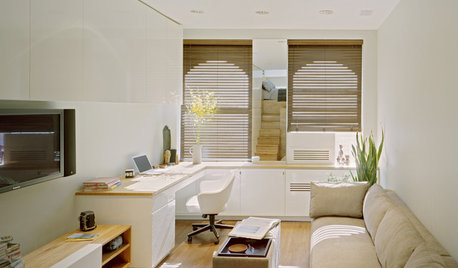
SMALL HOMESCan You Live a Full Life in 220 Square Feet?
Adjusting mind-sets along with furniture may be the key to happiness for tiny-home dwellers
Full Story
BATHROOM DESIGNThe 10 Most Popular Bathroom Photos of 2016
Our readers’ favorite bathrooms from the past year offer ideas for lighting, storage, flooring and more
Full Story
SMALL HOMESHouzz Call: Show Us Your Cool Studio Apartment!
Are you living well in a single room? We want to see your space and hear about your creative solutions
Full Story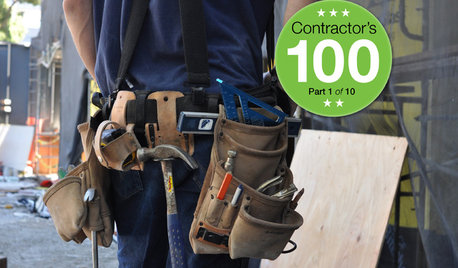
MOST POPULARContractor Tips: Top 10 Home Remodeling Don'ts
Help your home renovation go smoothly and stay on budget with this wise advice from a pro
Full Story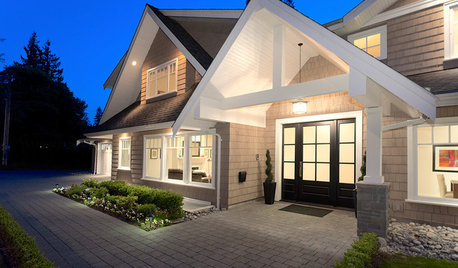
UNIVERSAL DESIGNWhat to Look for in a House if You Plan to Age in Place
Look for details like these when designing or shopping for your forever home
Full Story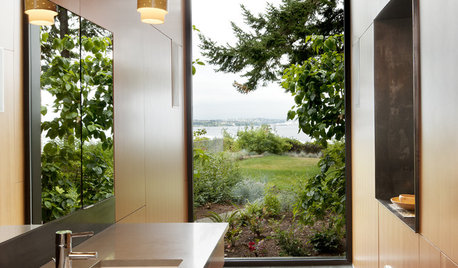
REMODELING GUIDES10 Tips to Maximize Your Whole-House Remodel
Cover all the bases now to ensure many years of satisfaction with your full renovation, second-story addition or bump-out
Full Story


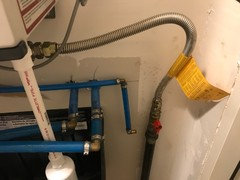
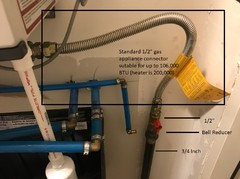
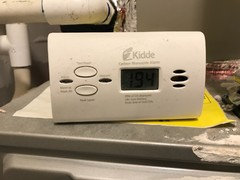
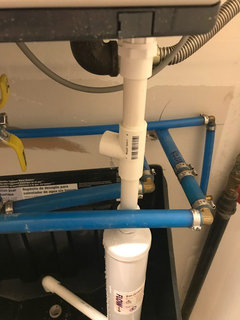

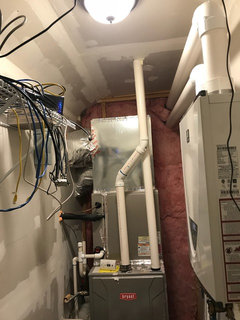
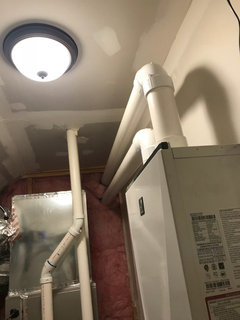
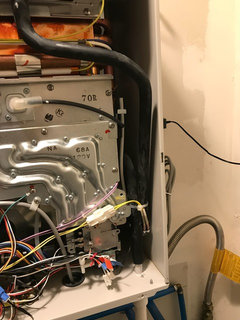
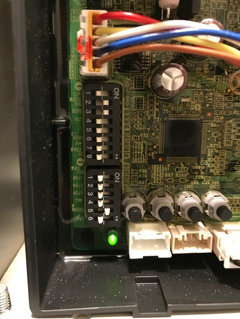
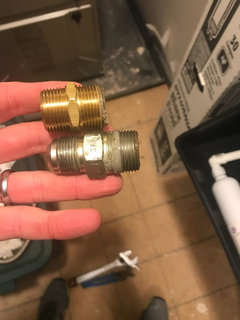
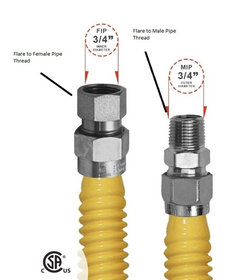
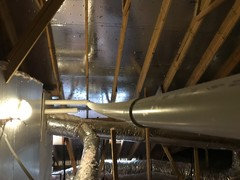


gaurav82